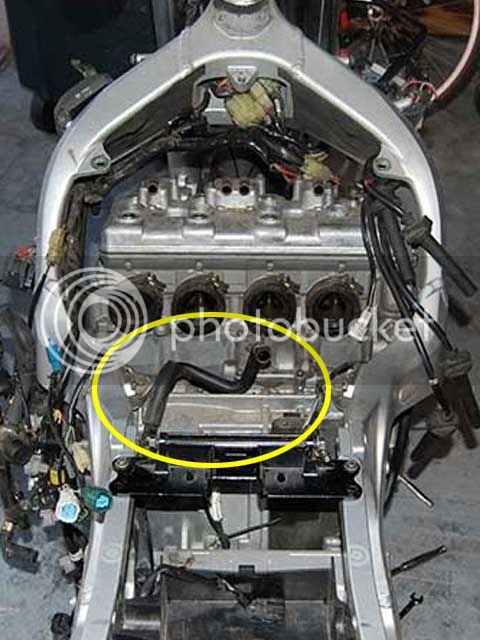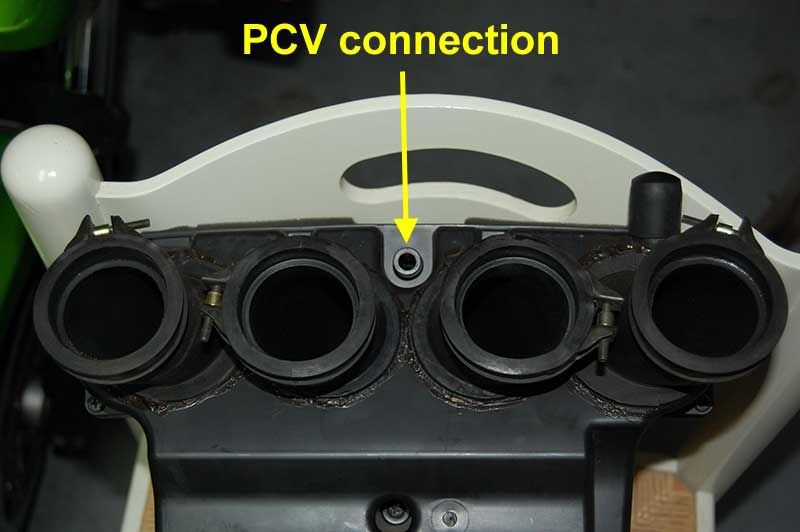madmike2
Shtirrenuppenmeister
I mean...er...one tries to be "easy" on their bike and never push rpms or cornering and look what happens.Geez Mikes! It seems to be tough duty lately if you live near Sac, go by the name Mike and ride an FJR! Really stinks that they're both down with valve issues. Maybe it's something in the water?Best of luck to you both with a speedy recovery of both bikes and wallets.
I will still contend it's issues with the gasoline AND riding style. While I do run mine up the tachometer while merging onto highways and on an occasional back road, I don't regularly run it above 6k rpms. Maybe that is part of the answer. I don't know.
I hope this isn't the start of a trend! I know that some others have higher mileage but I also know that some ride their bikes a wee bit harder than I ride mine. That may be better for the engine. :dntknw:
The bottom line: This repair doesn't begin to mar the value of the joy of riding this bike, the places visited, scenery experienced or friends made while riding my FJR. :yahoo:
Last edited by a moderator:











































![fjackets Real Lambskin Leather Biker Jacket — Quilted Cafe Racer Zip Up Moto Leather Jackets For Men | [1100085] Johnson Brown, XL](https://m.media-amazon.com/images/I/41I7Pm1f+vL._SL500_.jpg)




















